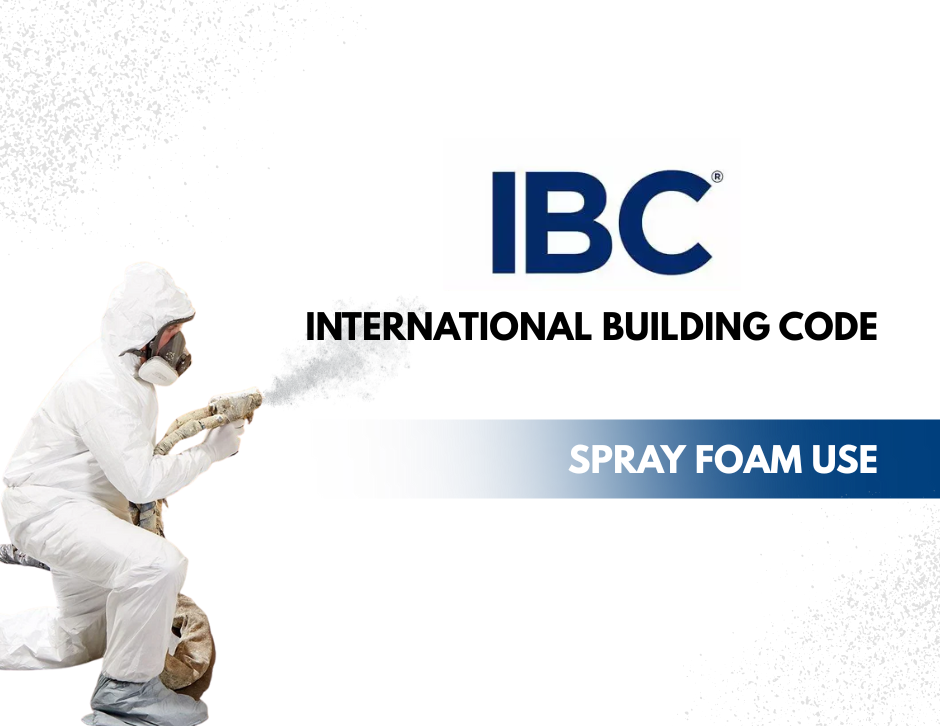International Building Code & Spray Foam Use
- M.Y Blog
- Aug 14
- 2 min read

Spray foam insulation is one of the most effective ways to improve energy efficiency, but it also has to meet safety and construction regulations—including the international building code. For Indiana homeowners and contractors, understanding the IBC building code is key to staying compliant while getting the best performance out of foam insulation.
The International Building Code (IBC) governs commercial buildings and some multifamily dwellings. It outlines how materials like spray foam must be applied to meet fire, thermal and structural safety requirements. For example, the IBC requires that certain areas using spray foam be protected by a thermal barrier—often a layer of drywall or an intumescent coating—that delays fire exposure to the foam.
Closed-cell spray foam is especially valued in commercial construction because of its high R-value per inch and added rigidity. But its application has to be carefully managed to meet fire safety rules. The IBC building code and international fire code together dictate not only how foam is applied but also how it must be covered or coated in various parts of a structure.
Open cell spray foam, while more affordable and expansive, also falls under these code requirements. It's ideal for interior wall cavities and attic spaces where depth and air sealing matter most. However, it still must meet minimum R-value and safety requirements based on the space and structure.
For residential structures, the 2021 IRC often applies instead. However, larger mixed-use properties and commercial buildings must meet IBC standards. Whether you're renovating or starting new construction, these codes determine insulation thickness, permissible materials and safety layering.
One of the more misunderstood aspects of the IBC is how it overlaps with state-level building codes. Indiana spray foam code enforcement varies by jurisdiction, but nearly all areas reference the international building code for guidance. For that reason, insulation contractors must be familiar with both national and local regulations to ensure proper installation.
Failure to meet IBC requirements can lead to costly revisions or failed inspections. Inconsistent application, improper coatings or inadequate R-values can all delay occupancy permits and add major expense. That’s why it’s important to work with contractors who are trained in applying spray foam in line with current code. We routinely install both open cell spray foam and closed-cell foam insulation that complies with fire ratings, thickness requirements and occupancy classifications.
The IBC also affects where foam can be used. For example, in basements or utility corridors, specific fire-stopping materials may be required in addition to the foam. Accessibility standards and ceiling height minimums also come into play. It’s a complex system that demands precision and planning.
In short, the IBC is about more than rules—it’s about protecting your property and its occupants. Spray foam insulation done right adds value, saves energy and supports long-term building performance. Done incorrectly, it can put your investment at risk.
For help navigating the building code or to request an insulation quote for your commercial space, contact M.Y. Insulation. We help ensure your project meets every applicable code, from Carmel to South Bend and throughout Indiana.



